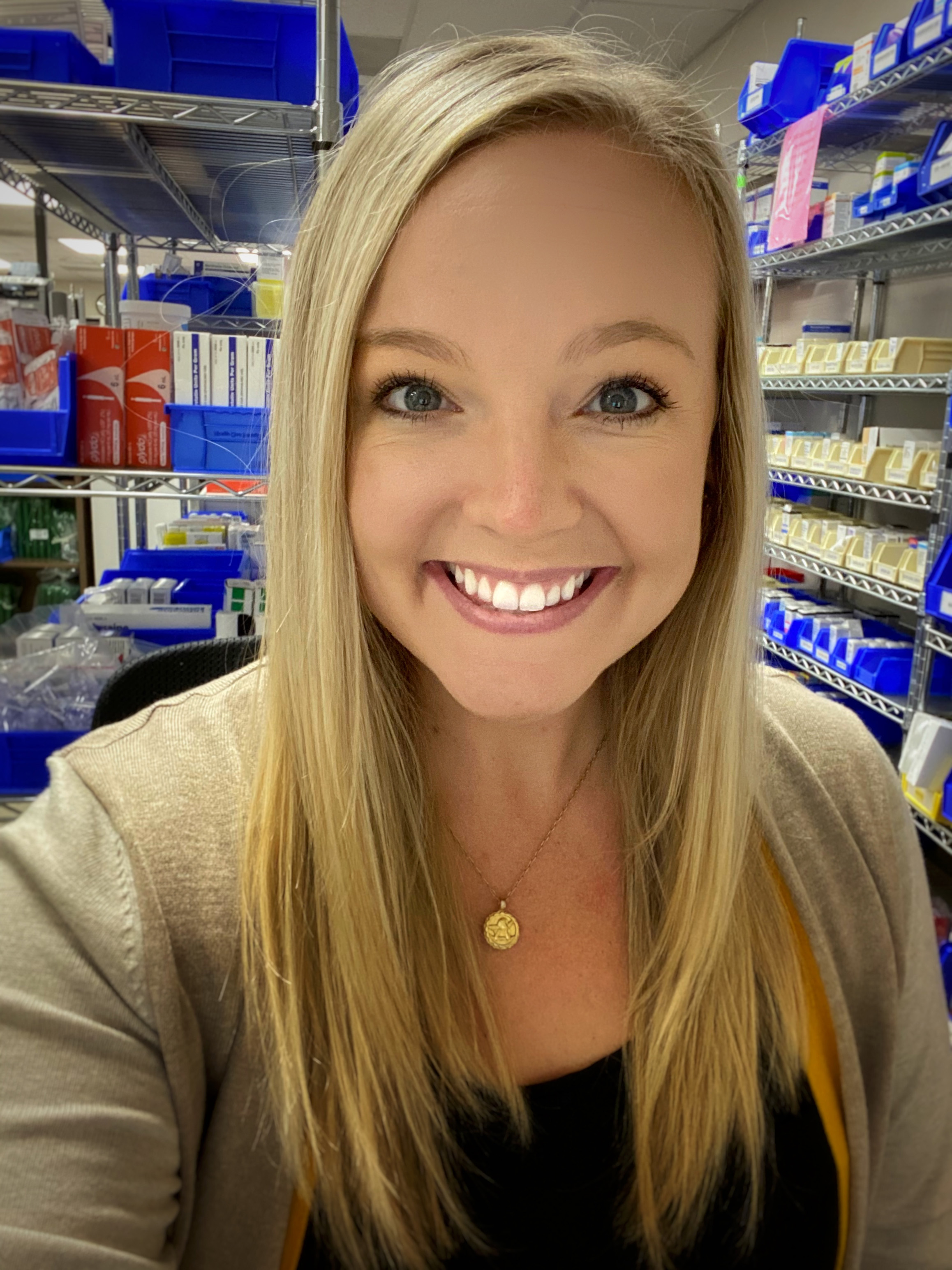A New Era of Pharmacy
Specialized roles within the pharmacy discipline adds a dimension to the profession, making pharmacists integral to the clinical team.

Kennedy Brakebill, PharmD, (‘17)
Antimicrobial Stewardship Pharmacist
Northwest Healthcare System
Amarillo, Texas

Lynsi White, PharmD, BCGP (‘06)
Owner/Consultant Pharmacist
Manage Meds LLC
Sulphur Springs, Texas
How has the role of a pharmacist evolved over time?
Brakebill: I look at all the antibiotics and round with doctors. Twenty years ago,
we were in the basement verifying orders; you would not have seen us on the hospital
floor suggesting medications.
Why should pharmacists be involved in treatment processes?
White: Pharmacists advocate for patients, so they can be on the least amount of effective
medications possible. Sometimes the medications are no longer viable or causes complications
when used as a long-term treatment option.
How is a pharmacist/physician partnership beneficial?
Brakebill: Patient needs fall into one of two categories: pharmacokinetics and pharmacodynamics.
There is a reciprocal relationship between the drugs and the body. Pharmacists help
physicians tailor medication to the individual.
How can pharmacists help with provider shortages?
White: Collaborative practice between pharmacists, physicians, nurse practitioners,
physician assistants, etc., is very important. We’re even seeing pharmacists advocating
for a role in COVID-19 testing. There are a lot of things that pharmacists can help
with so physicians can spend more time with their patients -— medication therapy management
is one example. There is even more opportunity for collaborative partnerships in rural
areas, due to high demand for providers.

